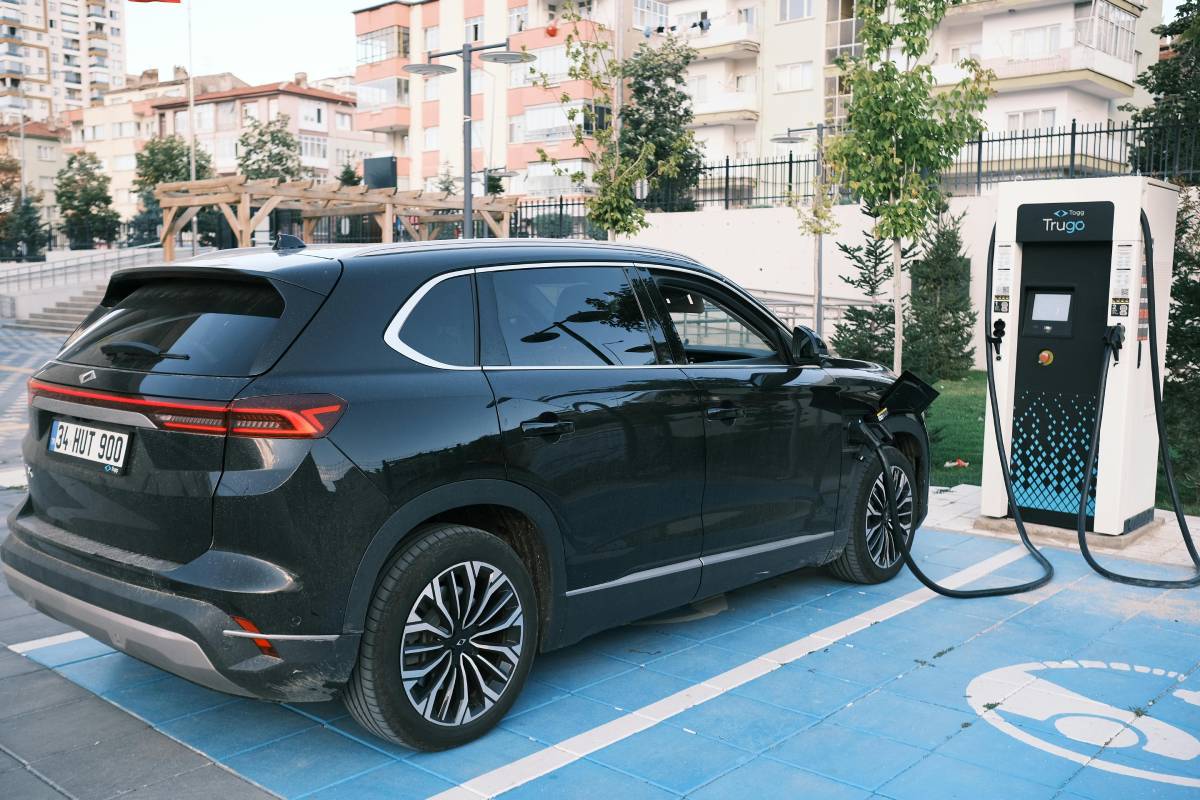Electric vehicles (EVs) are becoming increasingly popular as more people seek environmentally friendly transportation alternatives. They offer many benefits, including lower operating costs, reduced emissions, and a quieter driving experience. However, owning an EV comes with its own set of considerations and challenges that differ from traditional gasoline vehicles.
If you’re thinking about buying an EV or have recently made the switch, these practical tips will help you enjoy your electric vehicle to the fullest while avoiding common pitfalls.
1. Understand Your Charging Options
One of the biggest differences between EVs and traditional cars is how they get refueled. Instead of visiting a gas station, EVs need to be charged. There are generally three types of charging:
- Level 1 Charging: Uses a standard household outlet (120 volts). It’s the slowest charging method, adding about 3 to 5 miles of range per hour. Ideal only for occasional top-ups.
- Level 2 Charging: Uses a 240-volt outlet (like a dryer plug) and is much faster, providing 15 to 30 miles of range per hour. Many EV owners install Level 2 chargers at home for everyday convenience.
- DC Fast Charging: Found at public charging stations, it can add 60 to 80 miles of range in 20 minutes or less but is more expensive and not available everywhere.
Tip: If you can, install a Level 2 charger at home. It’s important to hire a trained electric vehicle charger electrician to ensure the installation is safe, up to code, and optimized for your EV’s needs. This makes daily charging easy and convenient, ensuring your EV is ready whenever you need it.
2. Plan Your Trips Around Charging Stations
While EV charging infrastructure is rapidly improving, it’s important to plan your routes with charging stops in mind, especially on longer trips. Apps like PlugShare, ChargePoint, and Tesla’s Supercharger map show the locations, types, and availability of chargers nearby.
Tip: Always check charging station availability ahead of time. Some popular stations can be busy or out of service. Planning stops in advance helps reduce range anxiety and keeps your journey smooth.
3. Keep an Eye on Your Range and Battery Health
Most EVs provide real-time range estimates based on current driving conditions. Be mindful that factors like high speeds, cold weather, and use of climate control can reduce your actual range. Also, battery capacity slowly decreases with time, which affects how far your EV can travel on a full charge.
Tip: Try to keep your battery charge between 20% and 80% for daily use to help prolong battery life. Avoid frequently letting your battery drain completely or charging it to 100% unless you need the full range for a long trip.
4. Maximize Energy Efficiency When Driving
Driving style has a big impact on an EV’s efficiency. Smooth acceleration, gentle braking, and moderate speeds help extend your vehicle’s range. Most EVs come with regenerative braking, which recaptures energy when you slow down, adding charge back to the battery.
Tip: Use regenerative braking modes when possible, and drive at consistent speeds to get the best mileage. Avoid rapid acceleration and heavy braking to preserve your range.
5. Understand Maintenance Differences
EVs generally require less maintenance than gasoline vehicles because they have fewer moving parts — no oil changes, no spark plugs, no fuel filters. However, they still need regular check-ups for tires, brakes, suspension, and battery health.
Tip: Follow your manufacturer’s recommended service schedule, but expect lower overall maintenance costs compared to internal combustion engine cars. Also, keep an eye on tire wear since EVs are heavier and may wear tires faster.
6. Take Advantage of Incentives and Discounts
Many governments and utilities offer incentives to encourage EV adoption. These may include tax credits, rebates, discounted electricity rates for charging during off-peak hours, or reduced registration fees.
Tip: Research local, state, and federal programs to see what financial benefits you qualify for. Utilizing these incentives can significantly lower the cost of owning and operating your EV.
7. Prepare for Weather Variability
Extreme temperatures can affect battery performance and reduce range. Cold weather especially slows down charging and decreases the distance your EV can travel. Using climate control can also drain your battery faster.
Tip: In winter, precondition your vehicle (warm the cabin and battery while plugged in) before driving. This helps optimize battery performance without using the battery charge itself. Keep your EV plugged in whenever possible during cold weather.
8. Learn About Home Energy Management
If you install a home charger, consider integrating it with your home’s energy system. Smart chargers can schedule charging for off-peak hours when electricity rates are lower or even use solar power if you have panels.
Tip: Look for smart charging solutions that can be controlled via an app. This can help you save money and reduce your carbon footprint by charging when electricity demand is low or when renewable energy is available.
9. Be Prepared for Emergency Situations
Unlike gas stations, EV charging stations aren’t everywhere yet. It’s good to have a backup plan for emergencies, such as knowing the locations of nearby chargers and carrying a portable charger or adapter if your car supports it.
Tip: Keep a list of public chargers along your common routes and invest in a portable Level 1 charger for emergency top-ups.
Electric vehicle ownership is a rewarding experience that aligns with a more sustainable lifestyle. By understanding the unique aspects of EV charging, maintenance, and driving, you can get the most out of your vehicle and enjoy the many benefits it offers.
Whether you’re commuting to work, running errands, or going on a road trip, these tips will help you drive smart, save money, and contribute to a cleaner planet.
















